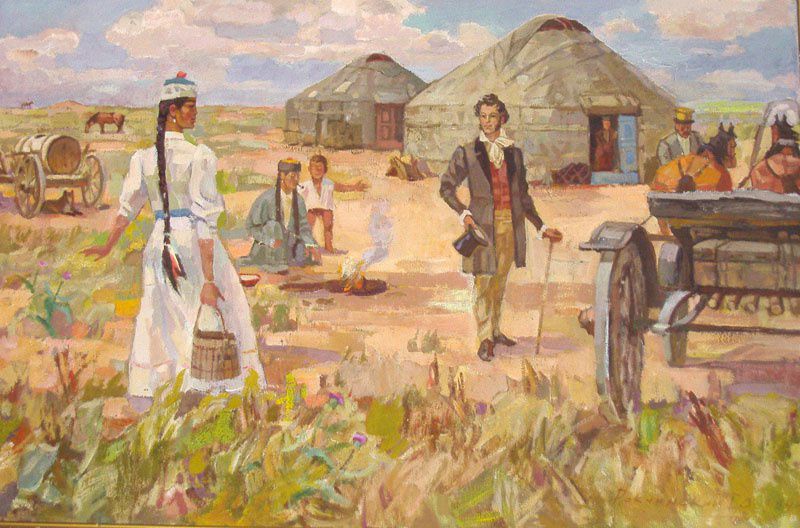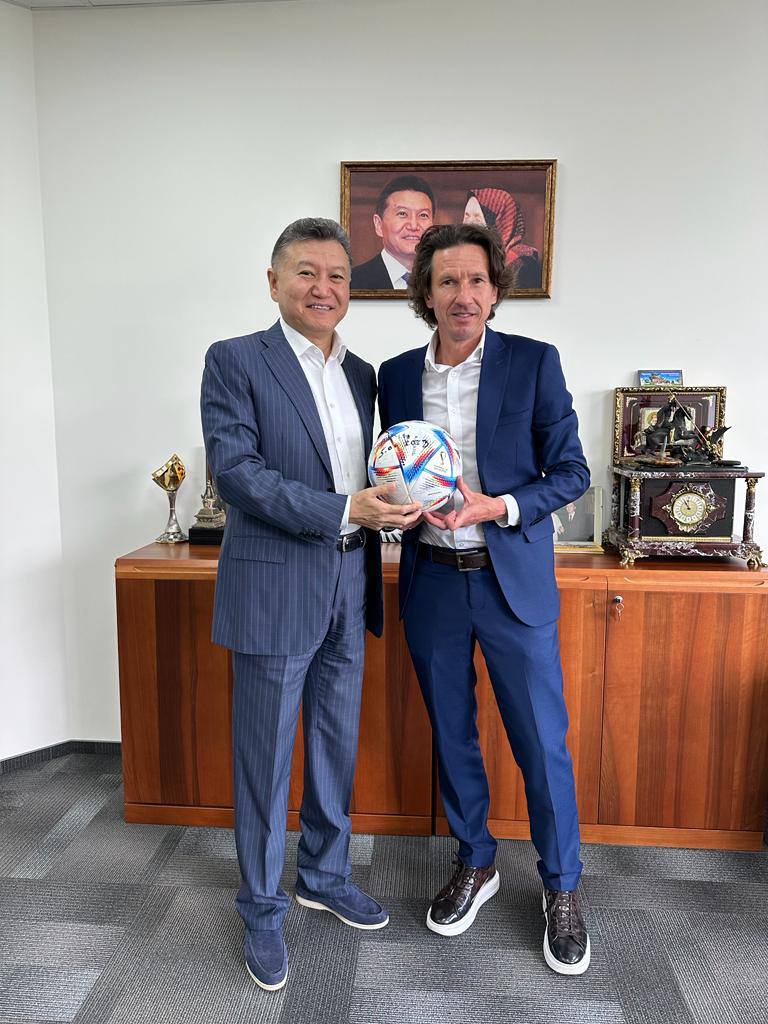The many-sidedness of the Kuindzhi genius, as Arkady Protsenko wrote in the Priazovsky Rabochy newspaper on 9 July 2008, is a truly unparalleled phenomenon in the history of Russian art. He was a unique painter, teacher of life and musician. But it turns out that this does not exhaust all the creative manifestations of the artist’s comprehensive nature. Kuindzhi was a chess player! That was another facet of his incomprehensible talent.
Chess has long attracted the attention of prominent scholars, poets, artists, and other artists. They devoted their leisure hours to the game of chess and highly valued the ancient intellectual game.
It may be noted that friendship between Mendeleev and Kuindzhi, both very strong chess players, lasted for many years. Both had an exceptional understanding of chess and intuition. They were real "artists" of chess.
A memorial museum was created in Mendeleev’s flat at the St. Petersburg University of which he was a professor for a quarter of a century. There, among other exhibits, drawings and photographs capturing the scientist at a chessboard are displayed. Once a week, the Mendeleevs hosted dinner parties. Among guests were such artists as Kuindzhi, Yaroshenko, Kramskoy, Shishkin and Savitsky.
Mendeleev’s chess partners were all kind of people. His closest friend Arkhip Ivanovich Kuindzhi was one of them. The young mistress of the house, Anna Ivanovna Mendeleeva, who had graduated from the Academy of Arts by that time, considered A. Kuindzhi as her guardian and was always happy to see him.
It is worth trying to understand Kuindzhi and Mendeleev’s personalities, because both were outstanding characters. Pondering on the different aspects of the great artist's activities, friends noted his love for the game of chess. They emphasized that he played sharply and sometimes quite passionately. However, despite his southern temperament, the artist had decent amount of endurance and composure when he was playing chess. Mendeleev’s friend M. Pankov recalled: "Dmitry Ivanovich loved chess, but he was terribly worried about the outcome of each game." It is known that the scientist was always rather nervous when playing chess. Yaroshenko won almost always while Arkhip Ivanovich usually lost.
After losing the game, he was angry for a long time. Calming down, he assured that Kuindzhi's victory was simply a misunderstanding: after all, it was not Kuindzhi but he, Mendeleev, who defeated the once famous chess player Chigorin, who had claimed no less than the title of world champion. Mikhail Ivanovich Chigorin was the first Russian chess player to fight for the world chess crown. There is only one amateur photo that captures Mendeleev and Kuindzhi playing chess. The photograph was taken in the scientist’s flat.
Later, it was published several times in the press. The circumstances for the appearance of this photo were never considered, although, in our opinion, this is exactly what is of undoubted interest.
The photo captures the meeting of the famous chemist and a no less famous artist at the chessboard. The whole room is filled with bookcases with books that make up the scholar's personal library, in which, by the way, there were three different practical guides on chess. The widow of a scientist Anna Ivanovna wrote in one of her letters: “Dmitry Ivanovich was interested in the theory of a chess game and was familiar with it...”
The chess opponent of the 48-year-old scientist, captured on the photo, is the famous Russian artist Arkhip Ivanovich Kuindzhi (8 years younger than his opponent), with whom the scientist was united by a long-term friendship. They often met at the chessboard.
 Yesterday evening, we read the news that Arkhip Kuindzhi’s painting titled "Ai-Petri" was stolen from the Tretyakov Gallery. Is nothing sacred anymore? In a telephone conversation with Kirsan Nikolayevich, we told him about this terrible event. Ilyumzhinov was visibly upset, and then he said: “Did you know that Arkhip Kuindzhi was a remarkable chess player?” To our shame, we did not know that. “Well,” said Kirsan Nikolayevich, “now you know. Let's publish this article on kirsan.today.” We’ll do it with pleasure! Enjoy, dear readers!
Yesterday evening, we read the news that Arkhip Kuindzhi’s painting titled "Ai-Petri" was stolen from the Tretyakov Gallery. Is nothing sacred anymore? In a telephone conversation with Kirsan Nikolayevich, we told him about this terrible event. Ilyumzhinov was visibly upset, and then he said: “Did you know that Arkhip Kuindzhi was a remarkable chess player?” To our shame, we did not know that. “Well,” said Kirsan Nikolayevich, “now you know. Let's publish this article on kirsan.today.” We’ll do it with pleasure! Enjoy, dear readers!






















